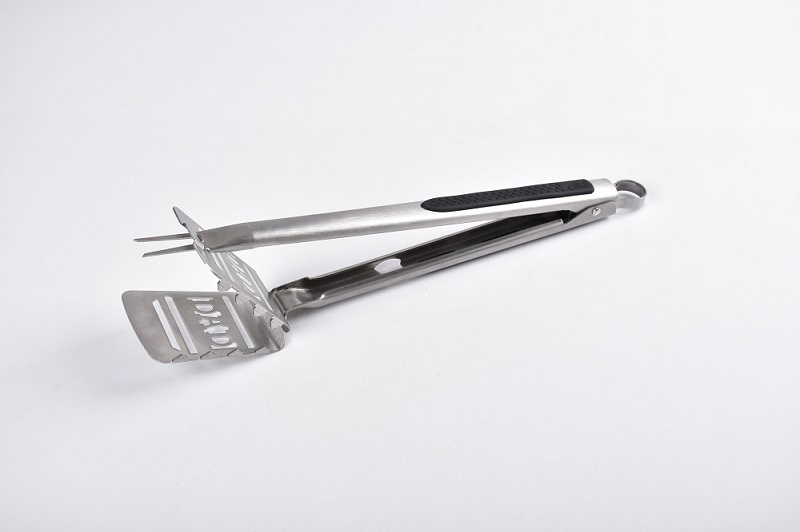Researchers from the Institute of Crop Science of the Chinese Academy of Agricultural Sciences confirmed in a new type of grass model plant: Brachypodium distachyon that the plant flowering gene FLOWERING LOCUS T (FT) was affected by a species of bluegrass called miR2032 Pooideae) Regulation of specific microRNA. The findings were published in December in The Botanical Botanical Journal The Plant Cell.
Leading this research is Long Mao, a researcher at the Institute of Crop Science, Chinese Academy of Agricultural Sciences. The main research directions in his laboratory are functional genomics research on wheat disease resistance traits, research on the working mode of transcription factors that control the development of tomato fruit out-of-region development, MADS-box gene research on Brachypodium brevis and related bioinformatics genomic analysis.
The life cycle of higher plants needs to go through a series of development stages such as seed germination, vegetative growth, flowering, fertilization, embryonic development, and seed formation. Among them, the flowering process is an important stage in the reproductive development of plants and the reproduction of offspring to continue life. This process involves the conversion of different developmental patterns, the occurrence and development of various floral organs, and the generation, transmission, and interaction of internal signals under the influence of external environmental conditions. It is currently known that the flowering time of plants is regulated by four signaling pathways, including photoperiod signaling pathway, spontaneous and vernalization, carbohydrate signaling pathway and hormone signaling pathway.
In recent years, with the rapid development of molecular biology, a large number of genes related to the photoperiod signaling pathway have been discovered and cloned. FT is a key gene for the flowering time of plants in the photoperiod pathway. People think that the expression product of the FT gene may be the long-sought flower Stimulating substance, this flowering stimulating substance is transported through the long distance from the leaf to the tip of the stem, and eventually causes the beginning of flowering at the tip of the stem. However, so far, a lot of research has focused on the transcriptional regulation of FT, and the regulatory mechanism at other levels is still not very clear.
miRNAs are a class of negative regulators of gene expression in eukaryotes, which are widely distributed in plant genomes, mainly mediating gene methylation at the transcription level, or by mediating cleavage or reduction of target mRNA at the post-transcription level The translation of target molecules regulates the expression of plant genes. Recent studies have shown that miRNAs are widely involved in regulating plant organ morphogenesis, growth and development, hormone-sensing responses and signal transduction, and plant responses to external abiotic or biological stress factors.
In this article, the researchers identified a microfamily of subfamily microRNAs expressed in leaves: miR2032 targeted Brachypodium FT homolog to mediate mRNA cleavage. miR2032 is abundantly expressed in plants grown under short-day sunshine (SD) conditions, but significantly suppressed in plants grown under long-day sunshine (LD) conditions. The researchers also found that the epigenetic chromatin state of the miR2032 precursor locus, especially the level of histone methylation markers, changes in response to sunlight. In addition, the researchers found that miR2032 was artificially destroyed by target mimicry in Brachypodium sibiricum, which can change the flowering time under short-day sunshine instead of long-day sunshine, indicating that miR2032 plays a role in photoperiod-mediated flowering time regulation Features.
These findings reveal a novel post-transcriptional regulatory mechanism of the FT gene, and provide some new insights into the elucidation of plant flowering time controlling multiple coordinated signaling pathways.
The stainless steel tongs are widely used for picking up pastries, bread, cooked food, etc., convenient and hygienic; family barbecue essential helper. Easy to turn the barbecue. All stainless steel, durable, can also be used to flip fried food (such as chicken wings, chicken legs, potatoes Slices and other fried foods).

Stainless Steel Tong,Stainless Steel Kitchen Tong,Stainless Steel Food Tong,Stainless Steel Ice Tong
Fortary Industry&Trading Co., Ltd. , https://www.kitchenset.de